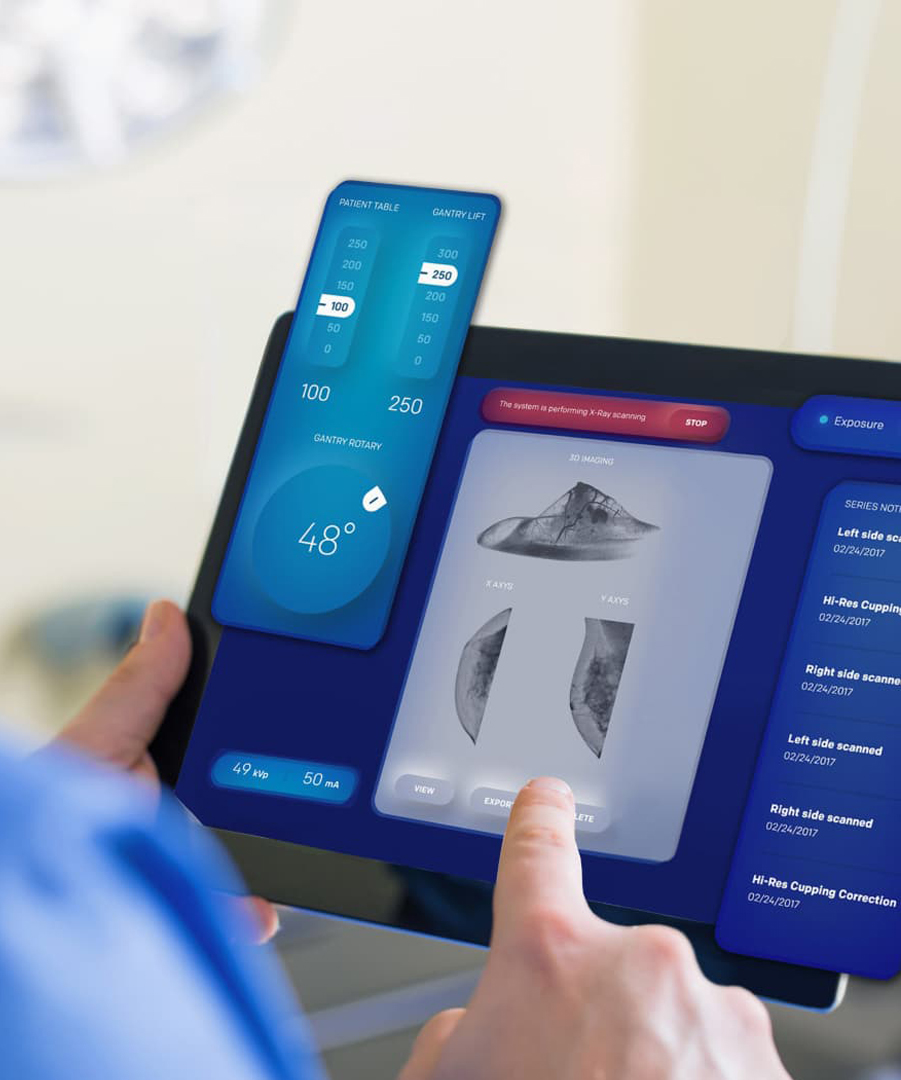


Ⅰ. 空中消防車とは?
空中消防車は
消防車両
揚力装置と消火装置を備え、高所での消火活動や救助活動のために設計されています。主に高層ビル、大規模工場、施設における消火活動や緊急救助活動に使用されます。装備、機能、目的に応じて、高所消防車は以下の分類に分類されます。
はしご消防車
、
高所作業車消防車
、 そして
給水塔の消防車
それぞれが異なる役割を果たします。
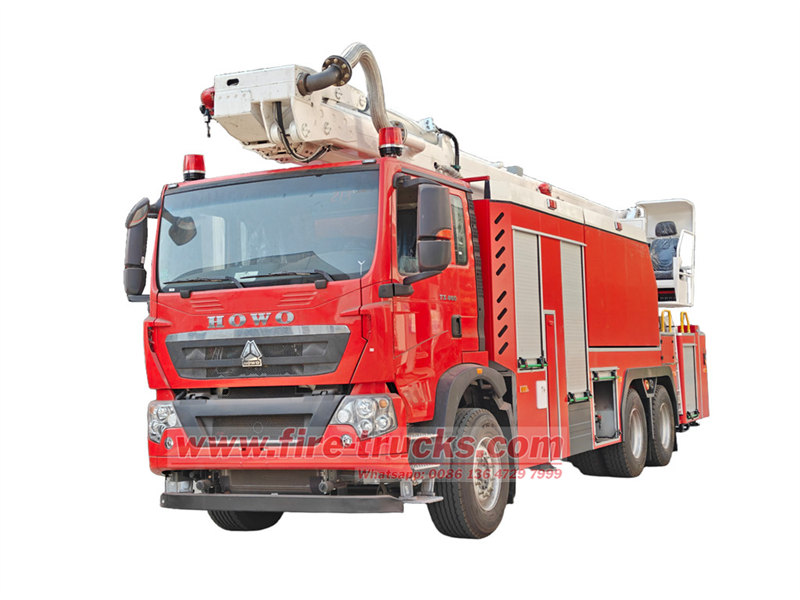
HOWO 32m給水塔消防車
Ⅱ. さまざまな種類の空中消防車
1. 高所作業車:
折りたたみ式または折りたたみ伸縮式ブーム、人員プラットフォーム、ターンテーブル、消火装置を装備しています。消防士は、高層ビルや大規模構造物に登攀して消火活動を行い、閉じ込められた人々を救助し、貴重品を回収するなど、その他の緊急任務を遂行することができます。
2. 給水塔消防車:
折り畳み式または折り畳み式と伸縮式のブーム、ターンテーブル、消火装置を備えています。消防士はブーム先端の消火ノズルを地上から遠隔操作し、上空から対象物に向けて放水することができます。
3. はしご車:
油圧伸縮式はしご、作業台、リフティングバケット、消火ホースを装備しており、消防士が高所での消火活動や救助活動を行えます。
Ⅲ. 航空消防車の運用上の注意事項
(1)厳格な訓練と認定を受けた者のみが車両を運転することができる。
(2)横転を防ぐため、旋回時は速度を落としてください。車両の高さが高いため、トンネルや橋の下を通過するときは車間距離の制限に注意してください。
(3)移動する前にアウトリガーが完全に格納され、機器室のドアが閉まっていることを確認してください。
(4)風速がレベル6を超えたら高所での作業を中止する。
(5)軟弱地盤、砂地、マンホールの蓋、その他の不安定な地表ではアウトリガーを展開しないでください。
(6)障害物、特に電気系統から安全な距離を保つ。
(7)はしご車を使用して人員を輸送する場合は、はしごの各セクションに2人までが乗ることとする。
(8)はしご車や高所作業車の荷台の積載荷重を超えないこと。
(9)高所での作業の際は必ず安全ハーネスを着用してください。
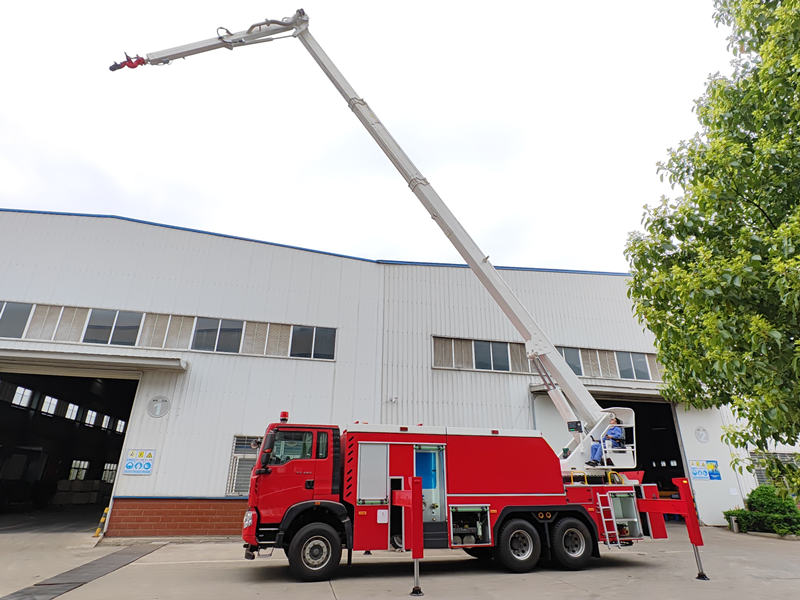
Ⅳ. 適用事例
事例1:高層商業ビルの火災
2021年3月9日午前11時、商業ビルの外装断熱材で火災が発生しました。警報を受け、地元の消防救助隊は26の消防署、消防車71台、消防士308人を現場に派遣しました。外部からは4~5人が
給水塔の消防車
消火活動には消防隊が投入され、その間に建物内部のチームが鎮火作業にあたりました。6時間後、外部の火災は完全に鎮火しました。
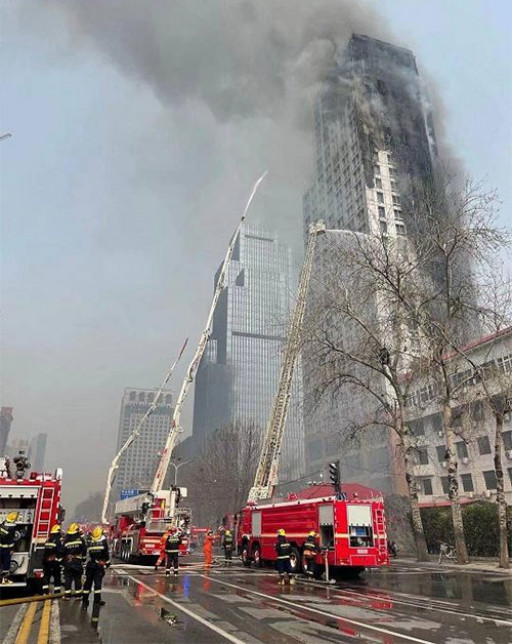
事例2:高所における子供の救助
2020年4月29日正午、ある集合住宅で、ある児童が防犯柵に頭を挟まれました。地元の消防救助隊は、いすゞ消防車1台、HOWOはしご車1台、そして消防士10名を投入し、15分以内に児童を救出しました。
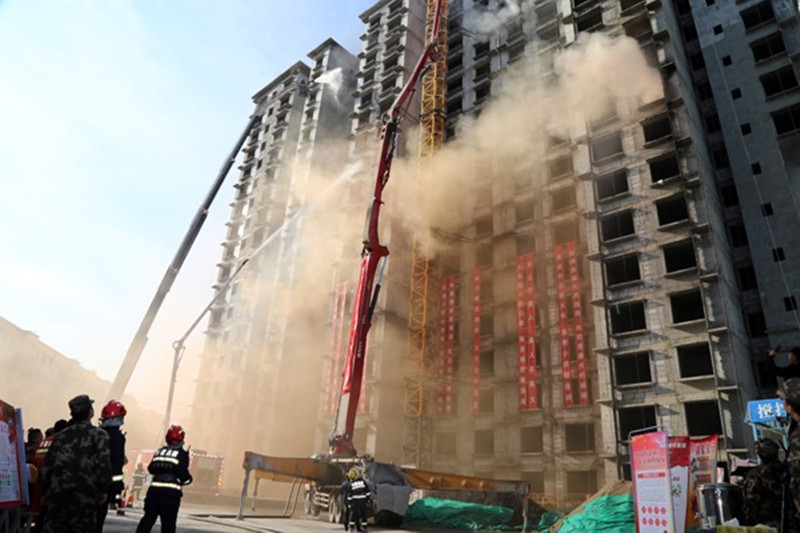
次の情報に興味があるかもしれません